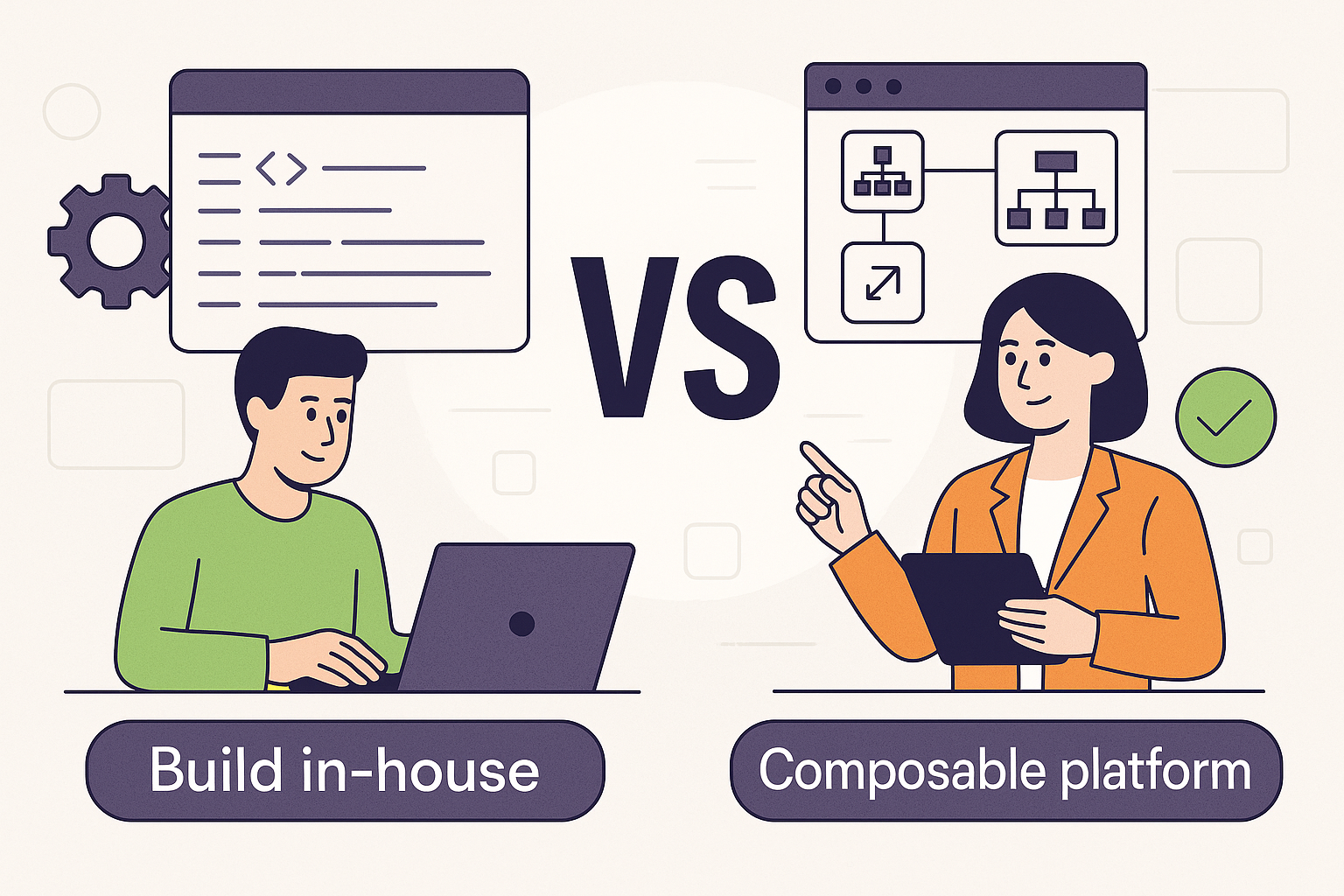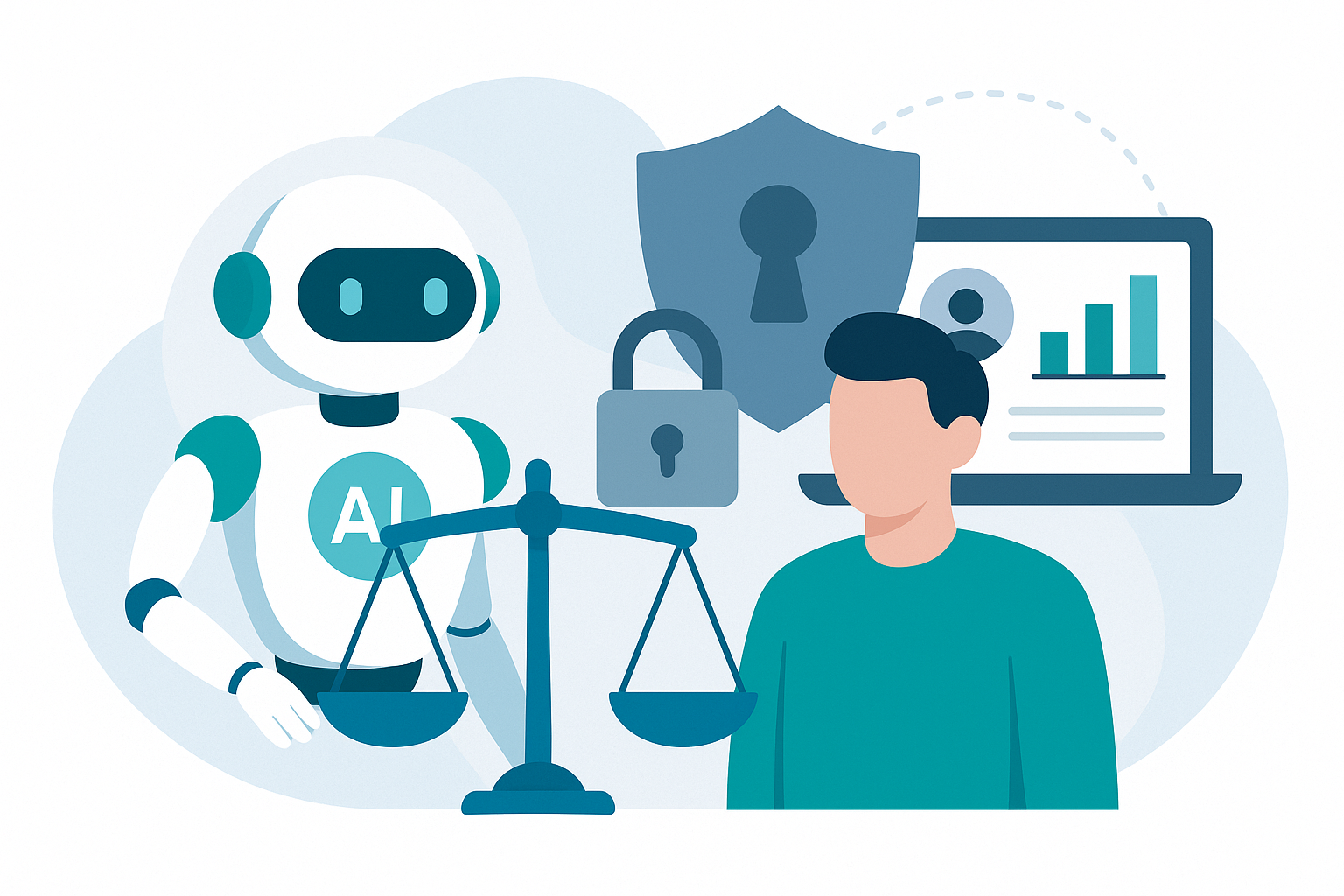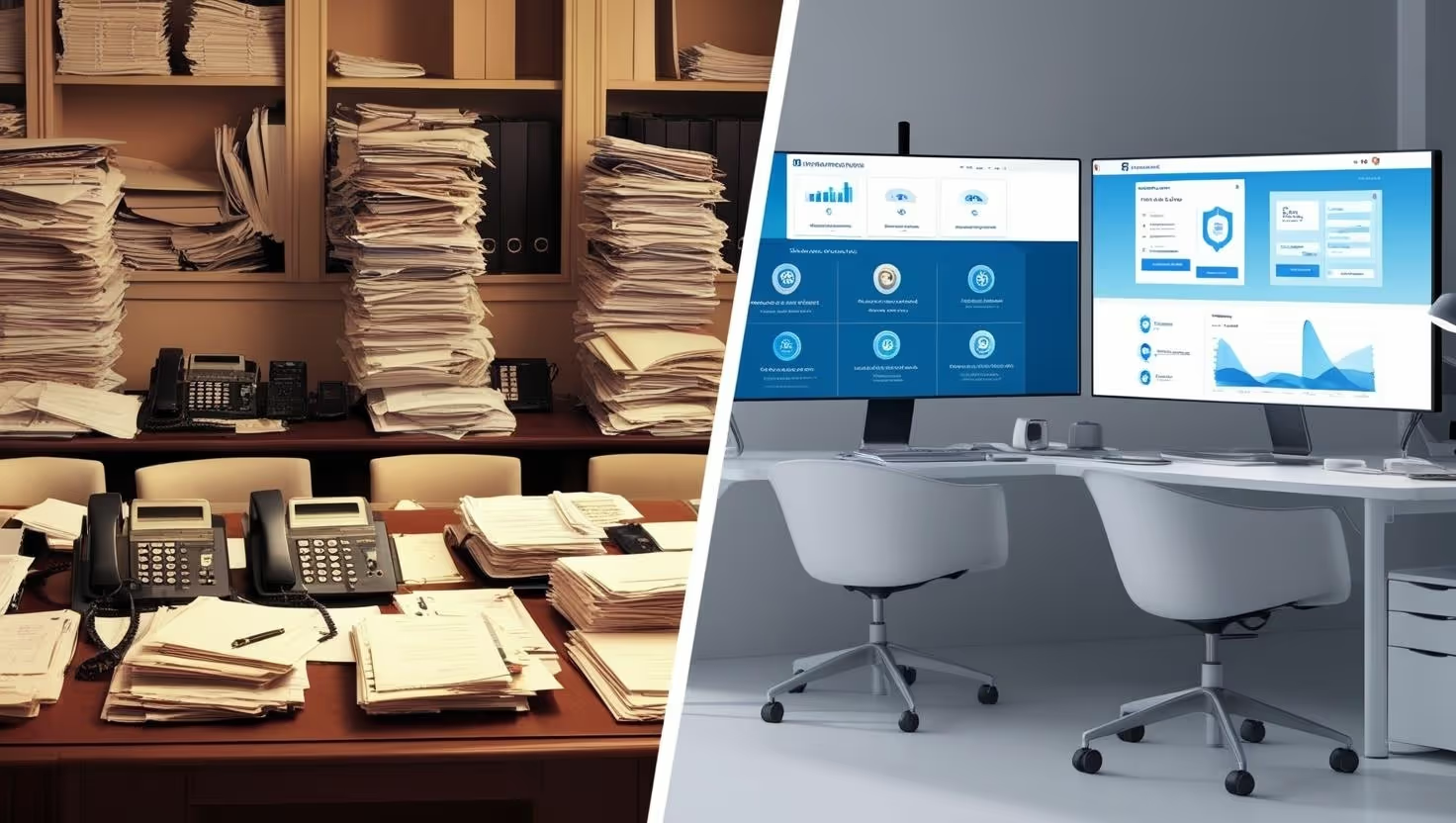Earlier this year HR and IT upgraded their relationship status from “It’s Complicated” to “In a Relationship.” And in doing so, they became MUCH closer knit in a substantial way - connecting HR and technology in shared goals and objectives.
Moderna, a biotech powerhouse that shot to fame during the COVID-19 pandemic, has made a pioneering decision to combine its technology and HR departments into a unified operation. This innovative restructuring, which includes the elevation of Tracey Franklin to Chief People and Digital Technology Officer, represents a transformative approach to workforce management in an increasingly AI-driven world. The move provides valuable lessons for HR executives looking to modernize their operations.
Moderna’s approach involves selecting specialized tools for specific functions:
- Recruitment and talent acquisition platforms that can handle high-volume hiring
- Learning management systems tailored to scientific and technical training
- Performance management tools that align with their fast-paced, research-driven environment
Moderna’s move to merge technology and human resources into a single function is the latest sign that artificial intelligence is bringing big changes to the workforce.
Tl;DR: In today's rapidly evolving digital landscape, the traditional boundaries between HR and IT departments are becoming increasingly blurred. The rise of generative AI and AI agents presents a unique opportunity to merge these functions, creating a more dynamic and innovative workplace.
The Convergence of People and Technology
As organizations embrace digital transformation, the relationship between human capital management and technological innovation has become more intertwined than ever. HR professionals need technical expertise to leverage AI tools effectively, while IT teams require deep understanding of human factors to implement successful people-centric solutions.
Why HR-IT Integration Matters
1. Enhanced Digital Workforce Development
A unified HR-IT function can better identify and develop the digital skills needed for the future workplace. This collaboration ensures that training programs are technically sound while remaining accessible and engaging for employees.
2. Streamlined AI Implementation
When HR and IT work as one unit, the deployment of AI solutions becomes more effective. HR's understanding of employee needs and organizational culture combines with IT's technical expertise to create more user-friendly and adoption-ready AI tools.
3. Improved Change Management
The integration allows for better management of digital transformation initiatives. IT can provide technical guidance while HR ensures proper communication, training, and employee support throughout the change process.
Why HR Leaders Should Watch Moderna's Tech-HR Merger
Key Implications of This Merger
- Integration of AI and HR: This move recognizes that AI and automation are not just tools for HR but fundamental to modern workforce management.
- Data-Driven People Decisions: The merger suggests a future where HR decisions are increasingly based on sophisticated data analytics and AI insights.
- Skills Evolution: HR professionals may need to develop stronger technical competencies to thrive in this new environment.
What This Means for HR Leaders
The convergence of HR and technology functions represents more than an organizational restructuring - it's a recognition that the future of work requires a seamless blend of human insight and technological capability.
Action Items for HR Leaders
- Assess Current Tech Integration: Evaluate how well your HR function currently leverages technology and identify gaps.
- Develop Digital Competencies: Invest in upskilling HR teams in data analytics and AI applications.
- Reimagine HR Processes: Consider how AI can enhance rather than replace human decision-making in HR.
Looking Ahead
The merger of HR and technology functions at Moderna isn't just an organizational change - it's a glimpse into the future of human resources management. As generative AI and AI agents become more sophisticated, the need for this unified approach will only grow. The combined expertise of HR and IT will be crucial in ensuring that these technologies enhance rather than replace human capabilities, creating a more productive and engaging workplace for all. Organizations that successfully merge their HR and IT functions will be better positioned to harness these technologies while maintaining a human-centric approach to workforce management.
%20(1).svg)







